Where do Animals Live?
Where do animals live?
Animals are found in every part of the world. Some live in forests. Others live in hot, sandy deserts. Some live in lakes, rivers and the sea. They are even found in very cold areas like the Arctic, where the ice never melts!
Humans live in many different parts of the world. They eat many kinds of food. They wear different clothes to suit the weather whether it is heat or cold.
Animals and plants can only live in places where the weather suits them. Animals live in places where they get the right food. A fish can only live in water. Animals with a thick furry coat live in very cold places. The place where an animal lives is called its habitat.
Wild animals itself look after themselves. They make their homes where they will have enough food and water. Some of them do not make homes for themselves. They live under the shade of trees or in caves. They want to be safe from other animals which may eat them. They also want their babies to be safe. They need to keep dry if it rains. They need to keep warm in winter.
Some wild animals, like elephants, live in groups or herds. They look for food together. They warn each other of danger. Their habitat is usually a forest with lots of trees and tall grass.
Deer also live in a herd. They need a habitat with lots of tall grass. They can hide in this grass and can also find enough food.
Animals like the tiger, the lion and the hyena hunt other animals like deer. They live in places where their food is easily available.
A tree is a habitat for many animals. Some of them eat fruits and tender leaves. Others pick at insects on the trunk.
The animals like monkey and birds live in the tree.
Snake lives in a hole underground. Rabbits and rats also live underground. These homes are called burrows. They are very cool.
Honey bees live in groups. Each group is called a swarm. Their home is called a hive. They collect juice from flowers and make honey. They store this honey in the hive. They also lay their eggs in the hive.
Ants live underground in large groups called colonies. They make long tunnels under the earth. They live in these tunnels and store food there.
Some animals carry their homes with them. These homes are called shells. The animals can pull themselves into the shells. The shells are hard and keep the animal safe.
Shells like these can be found on a beach near the sea. They are the homes of sea animals. When the animals die, the shells become empty.
Some animals like fishes, whale live in water. Fish of many kinds live in salty sea water. Some live in rivers, lakes and ponds. Some other water animals are the octopus, the shark, the seahorse and the jellyfish.
Insects are small animals with six legs. Many of them have wings too.
Some animals like centipede live in damp, dark places. They can often be found under stones and leaves in a garden. Do not try to touch them. Some of them may give you a nasty bite. Some are poisonous.
From Where do Animals Live to HOME PAGE
Recent Articles
-
Respiratory Balance Sheet | TCA Cycle | ATP Consumption Process
Feb 18, 24 01:56 PM
The major component that produced during the photosynthesis is Glucose which is further metabolised by the different metabolic pathways like glycolysis, Krebs cycle, TCA cycle and produces energy whic… -
Electron Transport System and Oxidative Phosphorylation | ETC |Diagram
Feb 04, 24 01:57 PM
It is also called ETC. Electron transfer means the process where one electron relocates from one atom to the other atom. Definition of electron transport chain - The biological process where a chains… -
Tricarboxylic Acid Cycle | Krebs Cycle | Steps | End Products |Diagram
Jan 28, 24 12:39 PM
This is a type of process which execute in a cyclical form and final common pathway for oxidation of Carbohydrates fat protein through which acetyl coenzyme a or acetyl CoA is completely oxidised to c… -
Aerobic Respiration | Definition of Aerobic Respiration | Glycolysis
Dec 15, 23 08:42 AM
This is a type of respiration where molecular free oxygen is used as the final acceptor and it is observed in cell. Site of Aerobic Respiration - Aerobic respiration is observed in most of the eukaryo… -
Fermentation | Definition | Types of Fermentation | Application
Nov 29, 23 10:27 PM
Definition of fermentation- It is a process that is energy yielding process of anaerobic oxidation of organic compounds which are carried out by the enzyme action of micro organisms where neither gase…
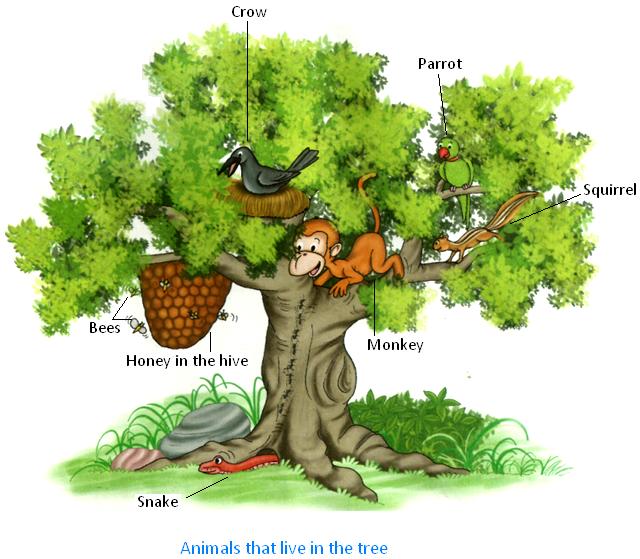
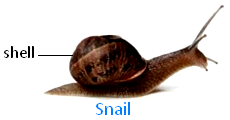
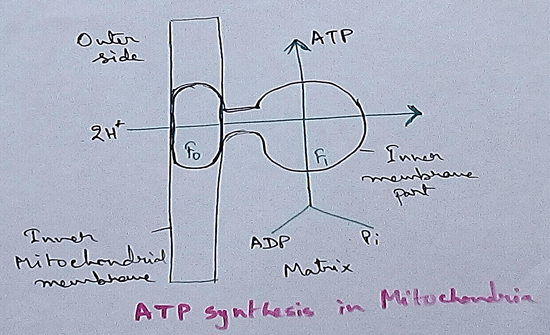
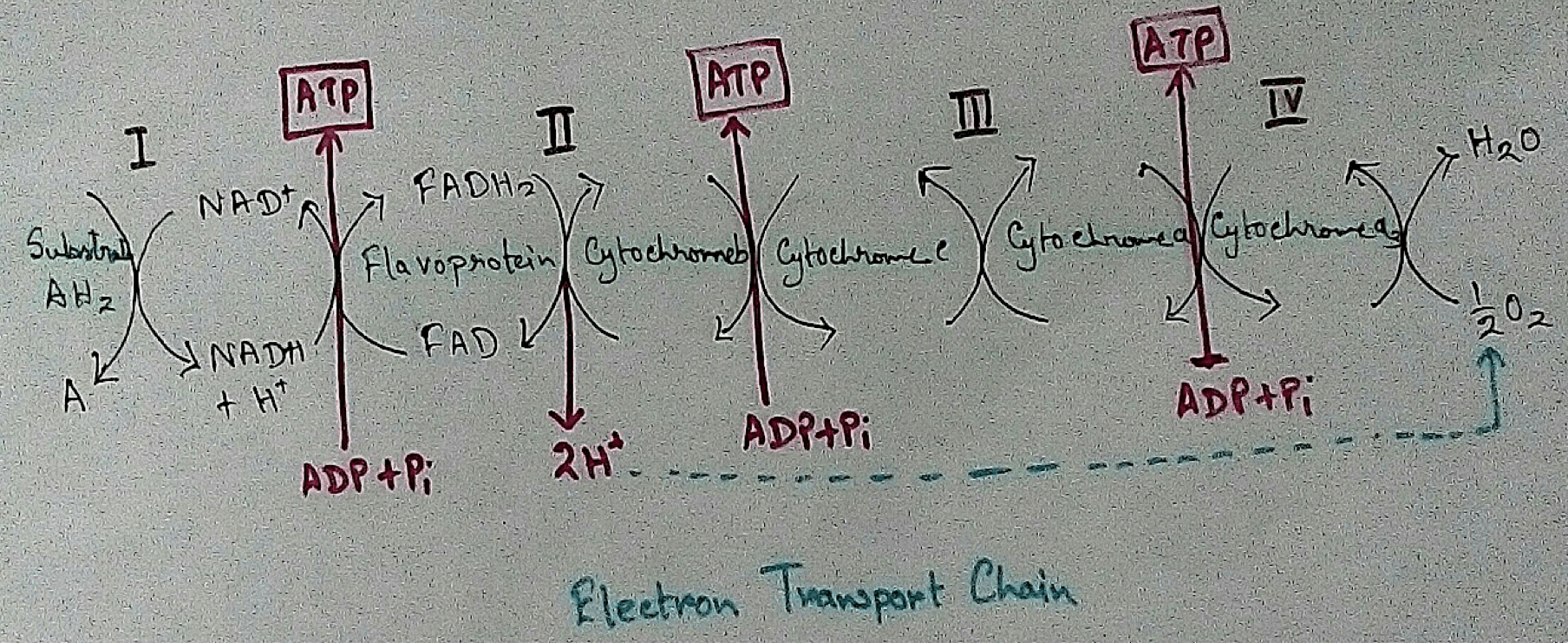

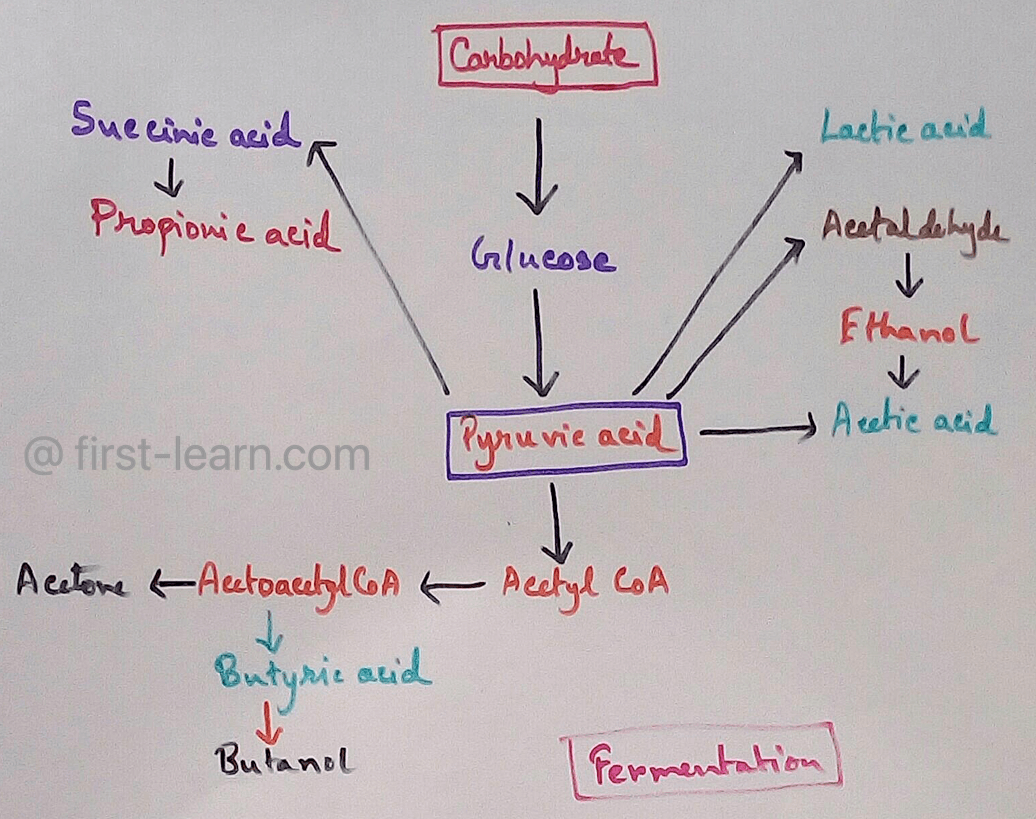
New! Comments
Have your say about what you just read! Leave me a comment in the box below.